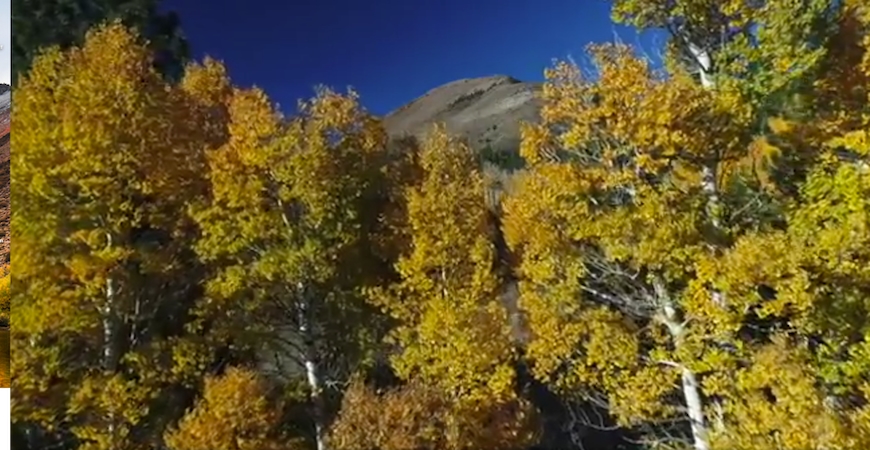
The millions of trees that died in the Sierra Nevada during California’s five-year drought may have actually helped the state’s water supply once the historic dry spell finally ended, according to a new study.
Scientists led by UC Merced’s Sierra Nevada Research Institute examined how much water was being absorbed by plant life in 1 million acres of Sierra forest along the watershed that feeds into the Kings River east of Fresno. The study, published Friday in the journal Scientific Reports , spanned the years before, during and after the drought, which officially ended last year.
Federal forestry officials estimate that during that time, more than 100 million trees in the central and southern Sierra died before the drought ended.
So many trees died from wildfire and bark beetles in the study area that once the rains returned, potentially as much as 217,000 acre-feet more water ended up in the Kings River basin than it would have otherwise. The reason? After they’d died, the trees were no longer sucking water up through their roots, leaving more in the watershed, said Roger Bales, the study’s lead author at the Sierra Nevada Research Institute.
An acre-foot is the equivalent of flooding an acre of land with water one foot deep. For comparison, Folsom Lake can hold about 976,000 acre-feet when it’s completely full.
The effects of California’s drought on the water supply could have been worse if not for the dead trees, but that’s hardly a cause to celebrate, Bales said.
“We don’t know what’s going to grow back, and we don’t know how much water what grows back is going to use,” Bales said. “This is an uncontrolled experiment.”
He said the findings show why it’s important to thin the Sierra biomass to sustainable levels using controlled burns and logging to ward against future drought die-offs and high-intensity wildfire.


